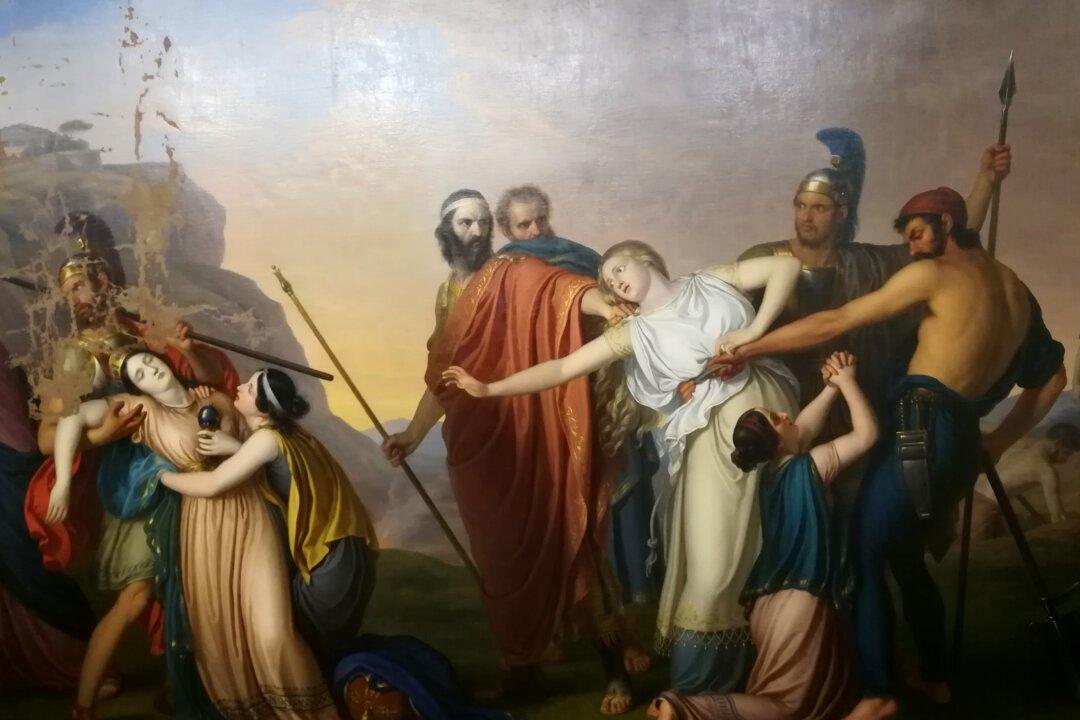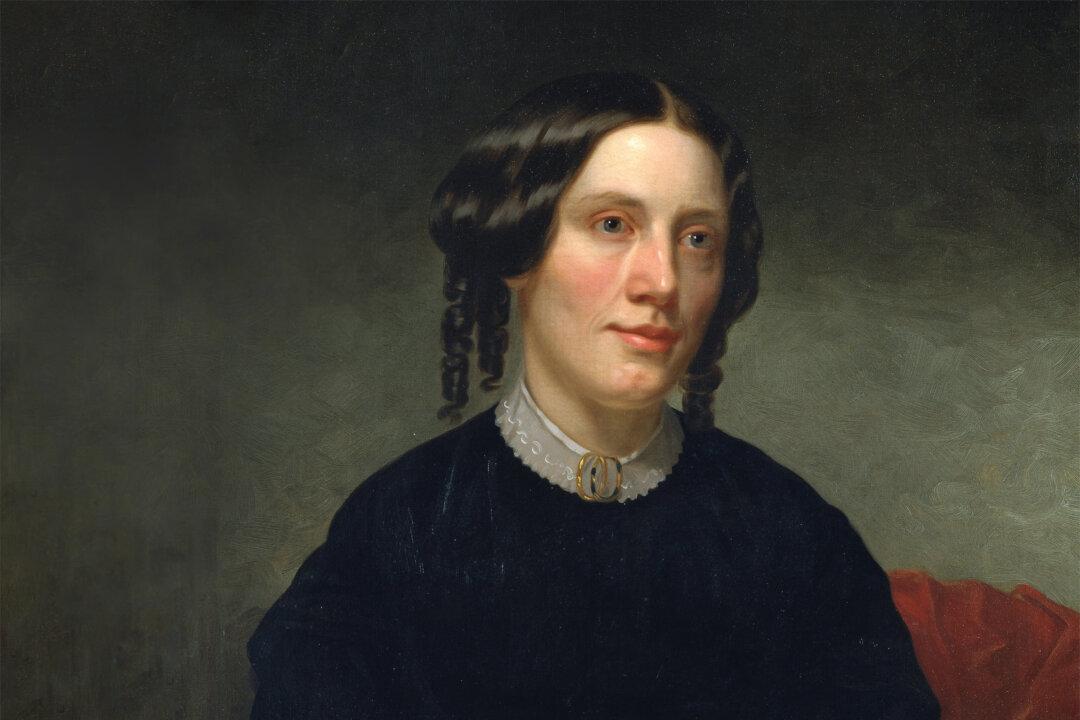Truth. Beauty. Timelessness.
These three elements exist in any great work of art. Though most of us are neither learned in epistemology nor trained in aesthetics, we possess an eye for truth and beauty in art. We feel overwhelmed when we first encounter Michelangelo’s “David” or Caravaggio’s “The Martyrdom of Saint Matthew,” though the difference in these pieces—the sheer size and calm aspect of the enormous statue versus the terror and violence of the canvas—tells us that beauty comes in many guises.






